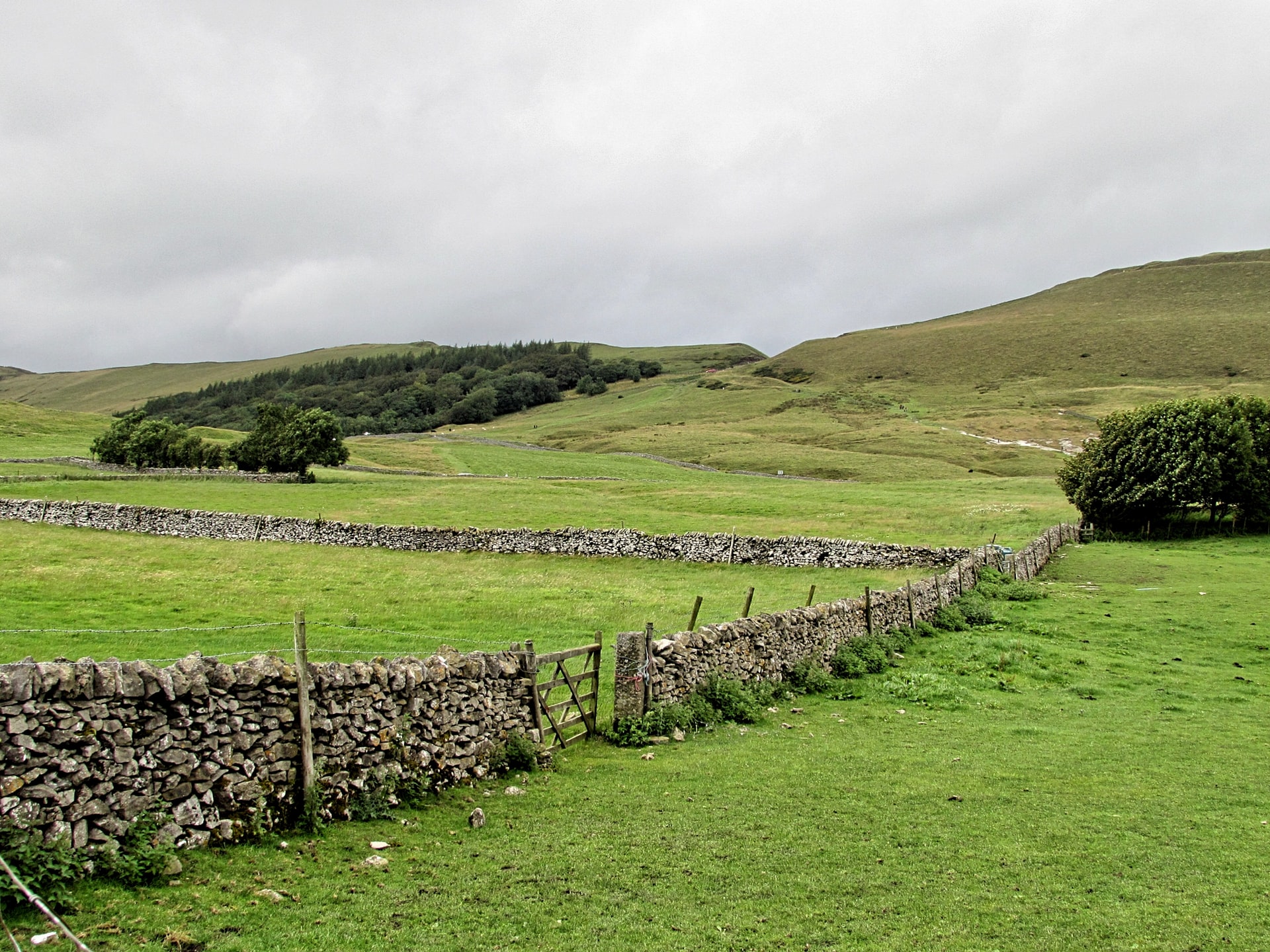Sometimes a developer is left with no option but to submit a planning appeal. When that’s the case, it can be incredibly valuable to do research on appeals related to your case.
After reading through dozens of planning appeals for research, I’ve developed some tips to dissect them faster – to find what’s relevant so you can ignore the rest.
What are planning appeals?
A planning appeal is a form of appeal submitted to the Planning Inspectorate. A few examples are:
- To appeal the decision of your planning application
- To appeal against an enforcement notice
- To appeal the decision of a householder planning application
Why would you need to submit a planning appeal?
You can appeal a decision if either:
- You disagree with the decision of your planning application
- The decision wasn’t made within 8 weeks (or 13 weeks for major developments – 10 or more dwellings, or larger than 1000m²)
Why would you need to read a planning appeal?
Planning appeals can take a long time. We dug into the data, and most planning appeals (submitted as written representations) take between 15 and 35 weeks to reach a decision, but there were a few appeals that took more than 220 weeks to be resolved – that’s an extra four years added to a project.
To make sure the appeal is worth your time, it’s best to be as prepared as possible. Reading planning appeals related to your situation can help you learn facts and details that can help bolster your case.
Structure of an appeal

Planning appeals come in three forms – a hearing, an inquiry, or a written representation. Written representations make up the bulk of planning appeals (93% between 2015 and 2020), and are most likely what you’ll be focusing on.
These are broken up into sections, some of which are optional. In order they are:
Appeal Details
This section includes details such as the planning reference number, the site address, the nature of the appeal, the date etc.
The Decision
What the decision was: dismissed, allowed, or allowed with conditions.
Preliminary (optional)
Sometimes called “Procedural Matters” or “Preliminary Matters”. These consist of facts and matters outside the case that came into the Inspector's decision. Examples include related cases, or matters of local policy, or the National Planning Policy Framework (NPPF).
Main Issues
After reading the particulars, this is what the planning inspector has decided are the main issues of the case. These are usually broken down into points – either as bullet points, or listed in a paragraph.
Reasons
Usually with subsections, and broken down into each main issue cited. There will be a number of points for each subsection. The last point of each subsection tends to be a summary.
Conclusion
Sometimes called “Planning Balance and Conclusion” or “Planning Balance”. This is where the Planning Inspector summarises their decision, giving the main reasons why they dismissed, allowed, or allowed with conditions the appeal.
Tips to get the most out of reading an appeal
Don’t read top to bottom
This isn’t a book or a report. You don’t have the time to read these top to bottom (and counter-intuitively you can miss what’s most relevant if you do).
My suggested order is:
- The Appeal Details
- The Decision
- The Main Issues
- The Conclusion
- Then read the last point of each subsection under Reasons.
If you have the time, or think that the appeal is especially relevant, skim the Reasons section, or the relevant subsection in there.
Reading in this order gives you enough context to understand if the information in the Reasons will be relevant to you or not. And if it is, it lets you know what to look for in that section.
Pay attention to the decision date
This will help you get the right version of the NPPF and Local Plan that’s cited. You don’t want to be using the 2019 version of the NPPF for a 2017 decision.
Keep an eye out for local plan and NPPF paragraph references
The Inspector will cite the paragraph of the local plan, or the NPPF that’s relevant to the issue. It’s handy to have other windows open with the local plan, or the NPPF to quickly reference it.
If you're tired of having endless tabs open to research planning appeals, try out LandEnhance.
LandEnhance simplifies your planning research process, saving you time and effort.
Cut through the repetition
Appeals can seem overly long. Three pages dedicated to Reasons? Really? But often there’s a fair amount of repetition.
You can usually get the picture within the first few points of a subsection in Reasons. Or even the first few paragraphs of a bullet point. As suggested it’s best to skip to the last paragraph of the subsection of each reason. You’ll get most of what you need there.
Look out for the keywords you’re interested in
A straightforward one – keep an eye out for the keywords you’re interested in.If sustainable transport is a key issue for your appeal, look out for words such as "transport", "journey" and "vehicle".
Main Issues and Reasons can sometimes be rolled into one section
Sometimes the inspector will rollup the Reasons into the Main Issues section. Instead of providing a summary of the main points beforehand, they launch straight into the Reasons under each main issue.
The same advice as before applies – skip straight to the last point. It often summarises the entire subsection, and can save you a lot of time.
The key is to find the specific reason
All this advice is to help you find what’s relevant, in as fast a timeframe as possible. But the devil is still in the details. Follow these tips and you have a better chance at catching these key details.
Remember – you have an advantage. You know the planning decision ahead of time.
Your aim is to find the specific reasons that tilted the appeals towards their decision.
An example – Green Belt appeal in Studley

Let's look at this planning appeal in the Green Belt in Studley.
If you follow the recommended order you’ll find out one of the main issues is “whether the proposal would result in an unsustainable form of development, having regard to its location to local services and facilities.”
In a nutshell, the council rejected this application as the proposed use is too far from local shops and services.
For Green Belt appeals this usually kills a case on arrival, but you have an advantage. You know the appeal was allowed, and the application went forward. Why?
Skipping to the Planning Balance and Overall Conclusion section – and you'll notice something interesting on point 13. This is the point looking at the “unsustainable form of development” issue.
"13. On the other hand, I have found that the future occupants of the proposal would not have suitable access to local services and facilities and future occupiers would be heavily reliant on a private motor vehicle. However, this harm is to some degree moderated by, the existing employment use of the site that could generate more vehicle trips than the proposal in its own right and the relatively short distance by car to services and facilities at Mappleborough Green. I have not found that there would be any other harm."
While the Inspector agreed with the council that people living in the proposed house would need a car (which goes against national policy to provide sustainable transportation), they weighed up the number of car uses the current use of the site generates, and found that the proposed development would generate fewer.
You could do a search for the keyword “transport” or go to the last section in the Reasons section to find out more if you wanted (such as what local policy and NPPF paragraphs are cited etc.)
This would have been a key detail you might have missed if you read top to bottom passively. And you now have a key argument you can use with your planning appeal if lack of sustainable transportation comes up.
Have fun
This is a weird one to say, but if you’re stuck reading planning appeals for research, you might as well have fun while doing it.
Whether it’s reading a Planning Inspector use the word “horsiculture” (yes, it’s a real word. I looked it up), or reading a planning appeal about an address that is Rivendell, High Street and is having a dispute involving The Hobbit, High Street (it also involved a Tree of Heaven. You can’t make this up.) try and enjoy these little details every now and then.
They’ll help you retain the other more relevant details when the time comes. Funny imagery is a well known memorisation technique.
Conclusion
Planning appeals can be a treasure trove of information if read right.
These are just some of the tips and tricks I worked out for myself. Follow them, and maybe come up with a couple yourself, so you can find the information you need – fast.
And then you’ll be armed with the ammunition you need to tilt your appeal in favour of being allowed.
David is LandTech’s resident Data Journalist. He has a degree in Physics, but he went all in on the spreadsheets after giving up on his dream to be an astronaut. He once made £150 from an initial investment of £20 selling… apples.



